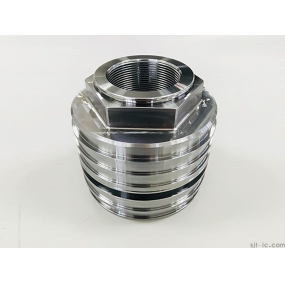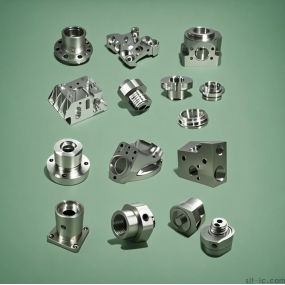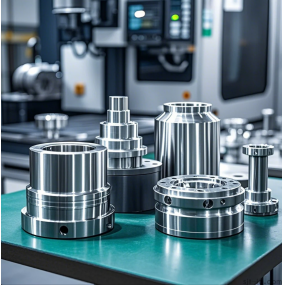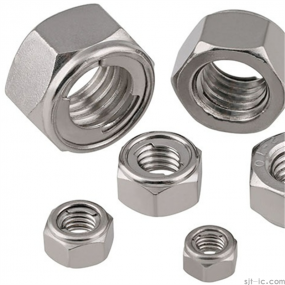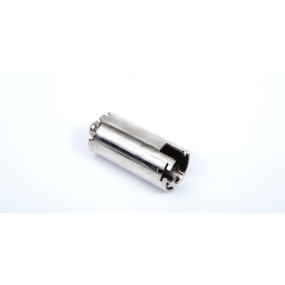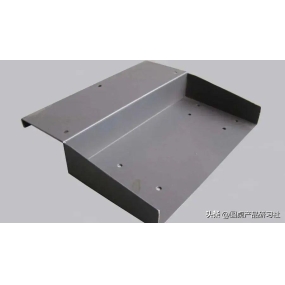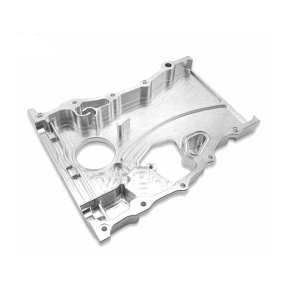Analysis of Process Processing Stage in CNC Machining
As an advanced machining method, CNC machining is widely used in the processing and production of high-precision and complex parts in the aviation industry, shipbuilding industry, and electronics industry. In CNC machining, from part drawings to machining qualified parts, it is a complex and rigorous process. If there is a problem in a certain link at each stage, the machining process will be interrupted. The following is divided into 3 stages with specific machining examples to analyze some key factors in the numerical control machining process, so that we can deepen our understanding of CNC machining and help with processing and production.
Process processing stage
Most of the numerical control machine tools used in general do not have the ability to process. The purpose of CNC machining process processing is similar to that of ordinary machine tools. However, because every detail of the numerical control machine tool processing process must be determined in advance, the processing is completed automatically. Therefore, compared with the process preparation of ordinary machine tools, it has its own characteristics.
1.1 Tool setting and tool change
When machining parts with ordinary machine tools, the positional relationship between the tool and the workpiece is established by the cooperation between the measuring tool and the handwheel. If the tool position is incorrect, it can be adjusted by the operator at any time. And numerical control processing, a clamping, there are many tools involved in the processing, in order to establish the parameters of each tool type and other input into the computer, the computer uses coordinate transformation to establish a corresponding relationship between each tool and the workpiece. For ordinary machining, the problem of tool setting is not considered as an important factor. For controlled numerical machining, as long as the program is used, the tool must be aligned, otherwise serious consequences will occur. Ordinary machining tool change is often controlled by operating feeling, while numerical control processing must carefully consider the tool change position to prevent collisions.
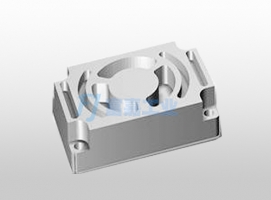


 Spanish
Spanish Arabic
Arabic French
French Portuguese
Portuguese Belarusian
Belarusian Japanese
Japanese Russian
Russian Malay
Malay Icelandic
Icelandic Bulgarian
Bulgarian Azerbaijani
Azerbaijani Estonian
Estonian Irish
Irish Polish
Polish Persian
Persian Boolean
Boolean Danish
Danish German
German Filipino
Filipino Finnish
Finnish Korean
Korean Dutch
Dutch Galician
Galician Catalan
Catalan Czech
Czech Croatian
Croatian Latin
Latin Latvian
Latvian Romanian
Romanian Maltese
Maltese Macedonian
Macedonian Norwegian
Norwegian Swedish
Swedish Serbian
Serbian Slovak
Slovak Slovenian
Slovenian Swahili
Swahili Thai
Thai Turkish
Turkish Welsh
Welsh Urdu
Urdu Ukrainian
Ukrainian Greek
Greek Hungarian
Hungarian Italian
Italian Yiddish
Yiddish Indonesian
Indonesian Vietnamese
Vietnamese Haitian Creole
Haitian Creole Spanish Basque
Spanish Basque

